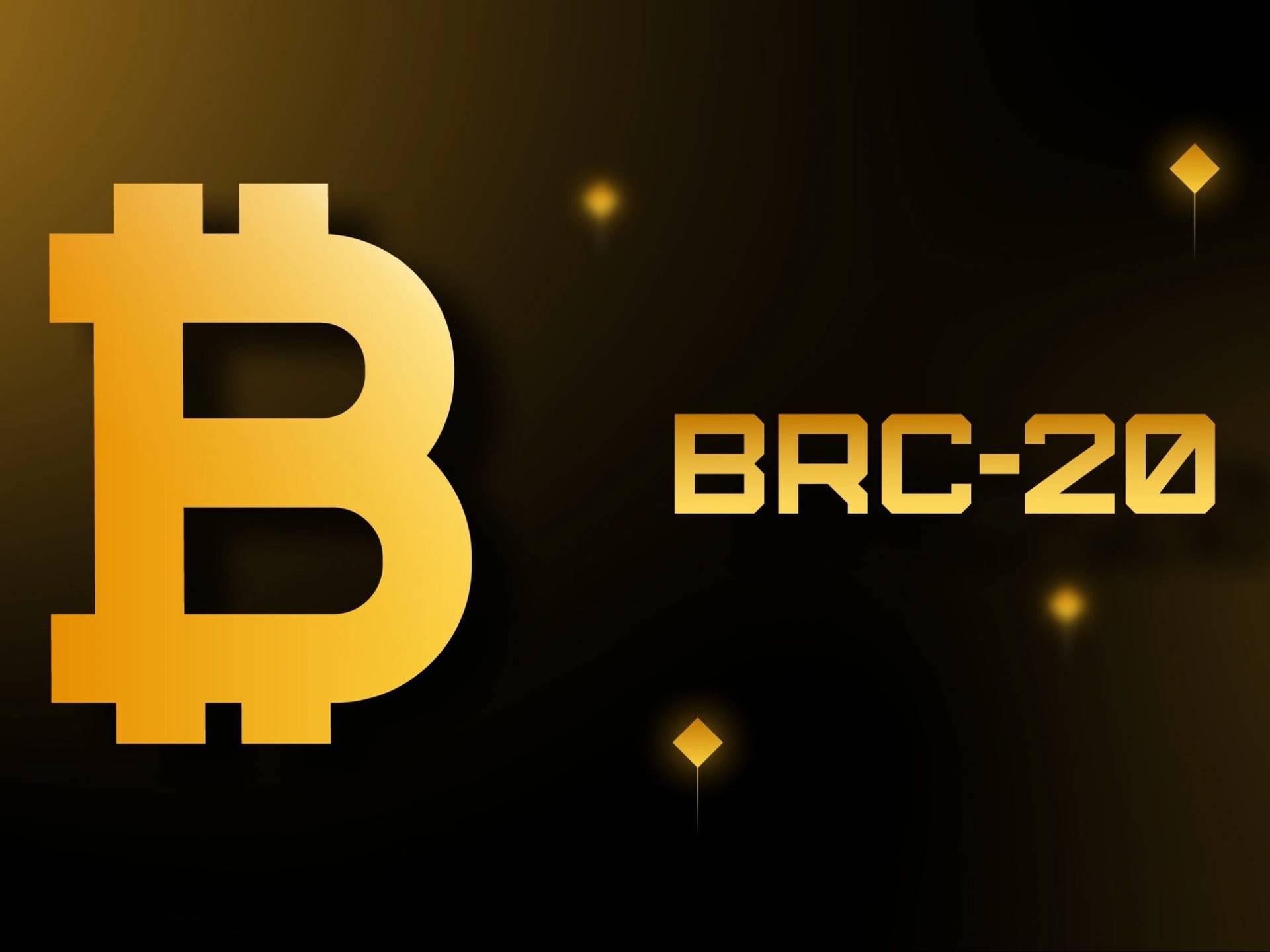Subscribe to wiki
Share wiki
Bookmark
BRC-20
The Agent Tokenization Platform (ATP):Build autonomous agents with the Agent Development Kit (ADK)
BRC-20
BRC-20, or “Bitcoin Request for Comment,” is a token standard for Ordinals. The standard allows for the issuance and transfer of fungible tokens on Bitcoin similar to the ERC-20 standard on Ethereum however BRC-20 tokens are not compatible with smart contracts. [7] [6] [1]
History
On January 21, 2023, the Bitcoin Ordinals protocol was launched on the Bitcoin mainnet by software engineer and bitcoiner, Casey Rodarmor. He began working on the project in 2022, after the Bitcoin Taproot upgrade in November 2021 which made it possible to create programmable smart contracts on the blockchain, called inscriptions. This concept led to the creation of Bitcoin-based NFTs and BRC-20 tokens, thus enabling the concept of Ordinals. [8]
Creation
BRC-20 token standards were created and deployed on March 8, 2023 by a pseudonymous programmer named Domo as an experiment to make minting fungible tokens on Bitcoin possible. The first BRC-20 token deployed was called Ordi. [2][6]
Overview
BRC-20 tokens utilize Ordinals inscriptions of JSON (JavaScript Object Notation) data to deploy token contracts, mint, and transfer tokens. [2] The BRC-20 token standard allows creating a BRC-20 token with the deploy function, minting an amount of BRC-20 tokens with the mint function, and transferring an amount of BRC-20 tokens via the transfer function. [2]
The BRC-20 token standard has gained some adoption as people experiment with its capabilities. BRC-20 tokens are fungible, meaning they are interchangeable and easily traded on exchanges. BRC-20 tokens are built on the Bitcoin protocol, which secures Bitcoin, the world's largest and most valuable cryptocurrencies.
Differences from ERC-20
Despite the similarity in their names, there are significant differences between the two tokens. BRC-20 tokens exist on the Bitcoin network, while ERC-20 is a standard on the Ethereum network. BRC-20 tokens don’t use smart contracts and, therefore, have much less functionality. On the contrary, ERC-20 tokens can interact with other protocols and applications to enable a wide range of services, including borrowing and lending. The BRC-20 token standard is an experiment by programmers to facilitate fungibility on the Bitcoin blockchain and was only created in March 2023. Therefore it has had less testing than the ERC-20 standard which was created in 2015. [2]
Growth
In May of 2023, less than a month after the token standard was created, BRC-20 passed a market cap of $100 million reaching a high of $137 million on May 2, 2023. In April and May the standard continued to grow and on May 9, the total market capitalization of BRC-20 Bitcoin tokens briefly reached a high of over $1 billion, with a total trading volume of $207.7 million that day. Some of the most notable tokens making up that market cap included ORDI, NALS, VMPX, PEPE and MEME. [4][5]
On December 6, 2023, ORDI, one of the leading BRC-20 tokens within the Ordinals ecosystem, achieved a significant milestone by becoming the first BRC-20 token to surpass a market capitalization of $1 billion. This surge represented a nearly 1,000% increase in market cap since November 5, reaching $1.1 billion. [9]
Criticism
The Bitcoin community’s opinion is divided on ordinals and BRC-20. Some have embraced this new experiment, while others believe they go against Satoshi Nakamoto’s original vision of Bitcoin. While BRC-20 usage has grown the token standard is much newer and less tested than token standards like ERC-20. Fewer developers, tools, and resources are available to build and manage BRC-20 tokens since Bitcoin is primarily known as a store of value rather than a platform for creating and managing tokens. [3
See something wrong?
The Agent Tokenization Platform (ATP):Build autonomous agents with the Agent Development Kit (ADK)
